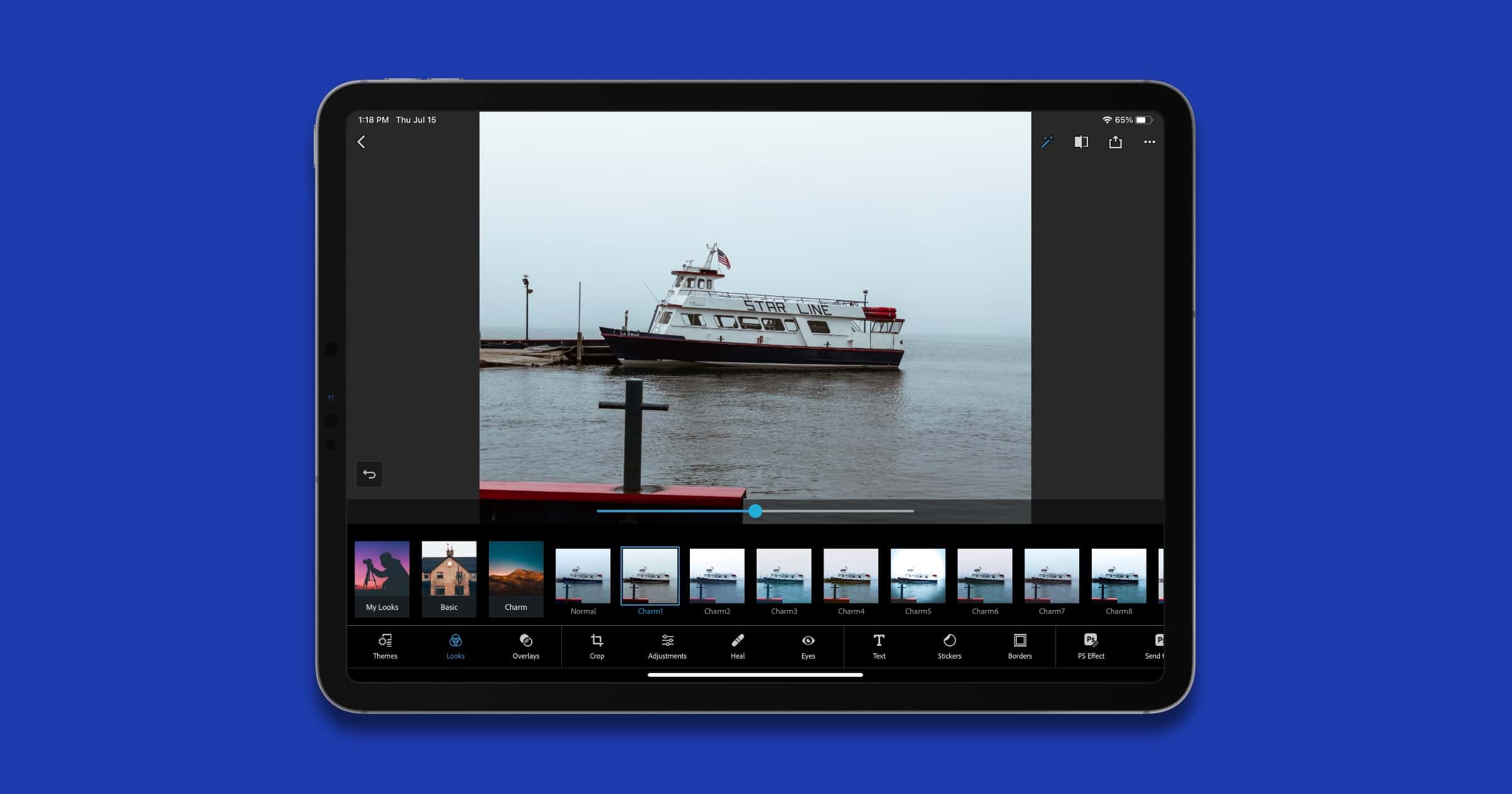

- ADOBE PHOTOSHOP EXPRESS FOR SMARTPHONE FOR WINDOWS 10
- ADOBE PHOTOSHOP EXPRESS FOR SMARTPHONE ANDROID
- ADOBE PHOTOSHOP EXPRESS FOR SMARTPHONE SOFTWARE
- ADOBE PHOTOSHOP EXPRESS FOR SMARTPHONE FREE
ADOBE PHOTOSHOP EXPRESS FOR SMARTPHONE FREE
Of course as free software, the app is going to be more limited than the full-fledged software.
ADOBE PHOTOSHOP EXPRESS FOR SMARTPHONE SOFTWARE
And where Photoshop software is available for a monthly fee that can really start to add up, Photoshop Express is free.
ADOBE PHOTOSHOP EXPRESS FOR SMARTPHONE ANDROID
The Android tablet and smartphone version is designed for taking advantage of a touchscreen interface and for doing simple photo edits. That’s where Adobe Photoshop Express comes in. But what if you don’t need all those options? What if you favor working on your Android tablet or smartphone? What if you want a platform that is simpler to operate, but offers more than just a few filters? Even though we already posted a comparison, here is a reminder how improved a photo can get be when you are correcting it with Photoshop Express.When you need a lot of editing power, Photoshop is the go-to solution, with a wide variety of tools and options. This article should help you produce better photos taken with your phone so that you proudly post them to your favorite social media. Color noise appears in pixels with multiple colors where they get a flat look and the more flat looking pixels you have, the more your photo will look flat. It works similarly to the luminance noise reducer. Reduce color noise is the last setting in this section. By adjusting the slider, you can remove the noise created by the light and further crisp up the photo. Reduce luminance noise is a setting that corrects certain disturbances in the colored pixels created by light. If gives a crisp look in situations where your camera failed to do so. Every single photo that I have corrected in Photoshop Express had the sharpen setting set to maximum. Sharpen is another setting that does what it says, sharpens the photo. Otherwise leave it as it is, or if you with to intensify the foggy effect move the slider to the left. If your photo is fogy and you don’t intend on having it that way move the slider to the right. moving the slider to the right brings out the details of the photo.ĭehaze or defog is for reducing the haze from the photo. This setting changes the local contrast, similar to changing the contrast, but instead of changing the contract of the overall image, this setting makes changes on small scale. EffectsĬlarity is exactly what it sounds like. Moving the sliders to the left will desaturate the colors and on the far left you will basically get a black and white photo, going to the right will saturate and pop out the colors and you will get more vibrant colors. Vibrance and saturation are similar in effect. Moving the slider to the left gives a greenish tint, while moving to the right sets the tint to magenta. Imagine a color palette that ranges from green to magenta with all the variations in between. Tint is basically an overlay color of the picture. Moving the slider to the left will give the photo a bluish look making it cool, while moving the slider to the right will give the photo a yellowish look and make it warm. Temperature is for modifying the temperature of a photo. Also, when modifying these you are overriding all changes that you previously made when fine tuning the highlights and shadows. The difference with these two settings is that these have a wider tonal range than the highlights and shadows. They control the brightest and darkest parts of the photo separately. Whites and Blacks work similarly to the highlights and shadows. Same applies for the blacks, it only affects the darkest part of the photo. Each of these controls separately, so by changing the whites will only change the brightest parts of the photo without editing the darkest parts. Highlights and Shadows control the brightest and darkest parts of an image. Increasing the contrast will increase the difference between those two and will pop out the photo. It is dependent on the original, if it’s too bright then you need to tune it down, otherwise if it’s too dark tune it up.Ĭontrast is the separation between the dark and bright areas of the photo. LightĮxposure is for controlling the brightness of the photo. Each setting gets a lower value by moving the slider to the left and higher value by moving it to the right.

In the image correction section of Photoshop Express the settings are divided into four main categories: Light, Color, Effects and Details. Note: the settings work the same way on Android and iOS.
ADOBE PHOTOSHOP EXPRESS FOR SMARTPHONE FOR WINDOWS 10
Adobe released the Photoshop Express application for Windows 10 as well, so we will use that one. Since the basic tools are already well known, crop and rotate, we will go straight to the good stuff. As promised, today we are going to go into greater detail outlining each option and what can you expect to get out of it. Previously we talked about using Adobe’s express version of Photoshop that will help you improve the photos that you take with your outdated or budget phone.


 0 kommentar(er)
0 kommentar(er)
